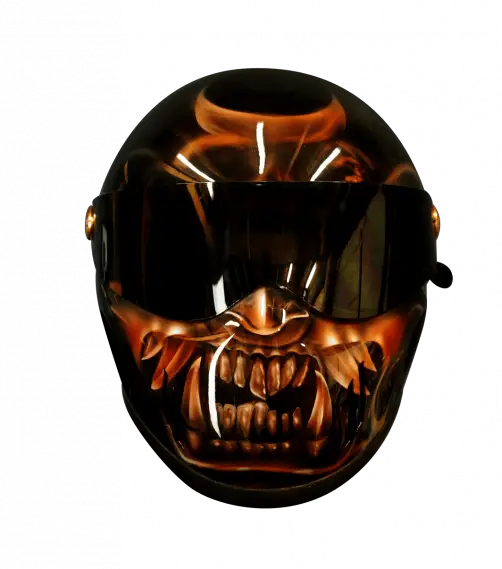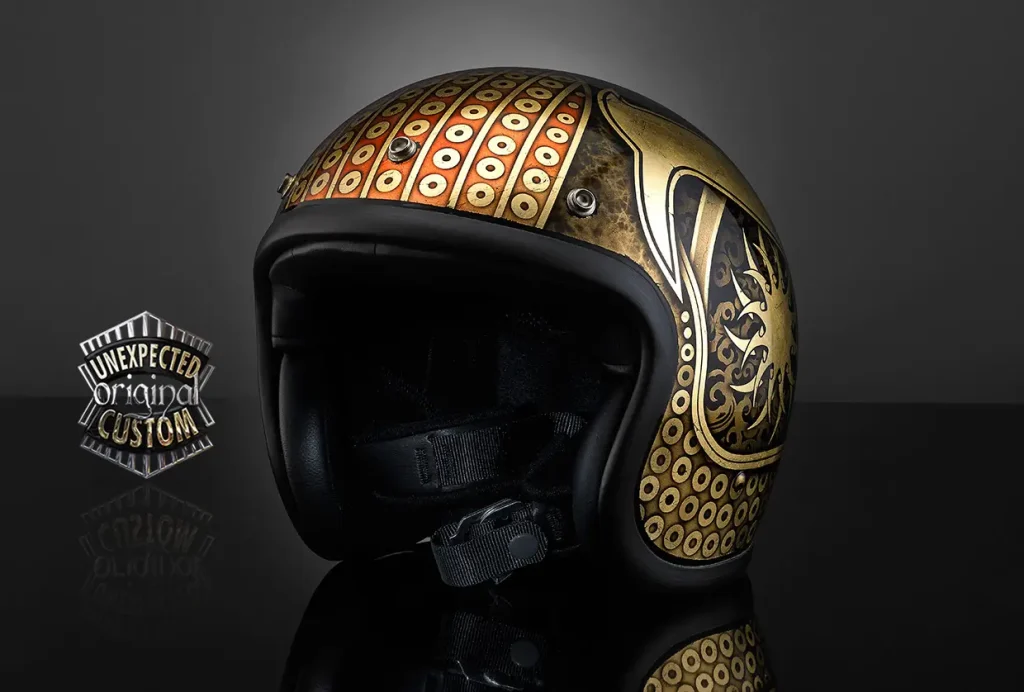
Samurai Motorcycle Helmets: Ride like a Shogun
left for contents
There’s a reason we call motorcycles “iron steeds” – they replaced horses!
Except they’re a LOT more fun than riding a horse.
Especially when you put two bikes in front of a cart and race them, chariot style.
But you aren’t here for the ancient Roman version of motorcycling. You’re here for the ancient Japanese Samurai version.
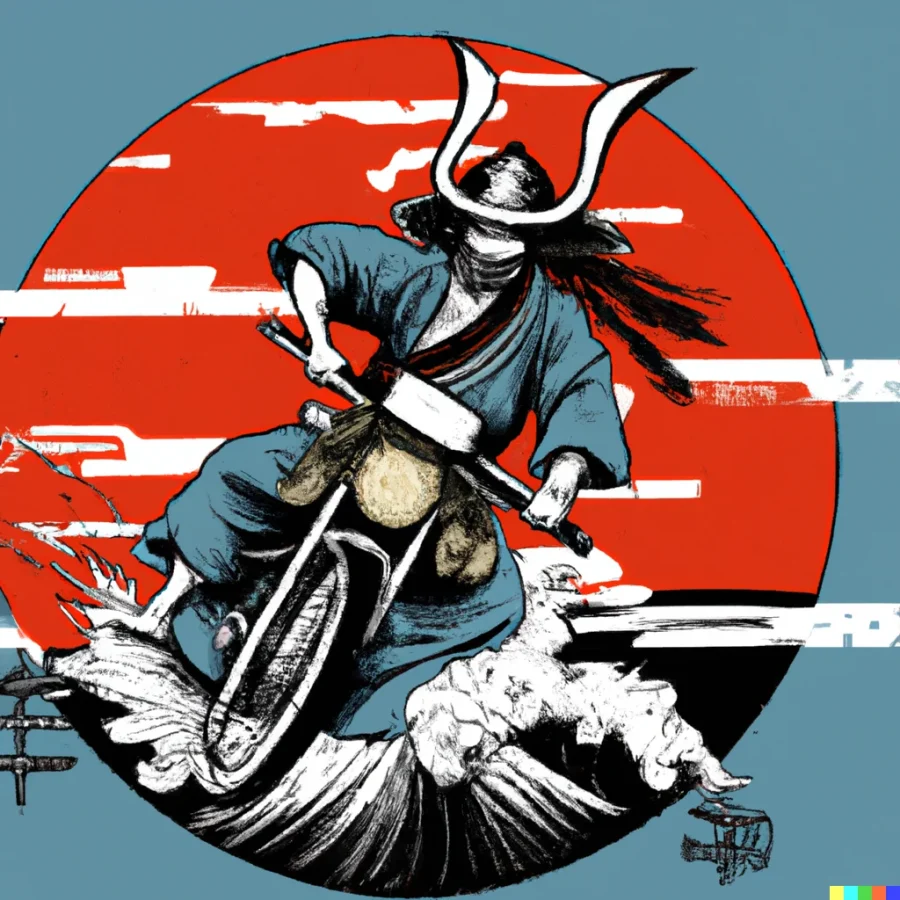
So I have a couple selections for you, and some more options to make your helmet look like you just rode out to battle.
In this article, I’ll go through:
- Full Face Helmets with Samurai Graphics (few, but great)
- How to Make a Samurai Motorcycle Helmet (time intensive, but you have full control)
- Who to Call to Paint a Samurai Motorcycle Helmet (for that PERFECT look)
- Why the Samurai Helmet is So Unique
- Where you can pick up a samurai sword (just kidding)
Full Face Helmets with Samurai Graphics
If you’re looking for a cool motorcycle helmet with some samurai art on it, you’re in luck. I checked out every single graphic helmet on Revzilla (out of 1,192 helmets!) and found the ones with samurai designs for you.
Just saved you about three hours of searching. The best part is none of these are half-baked helmets. They’re almost all from Arai, which is a Japanese manufacturer that makes all their lids IN Japan, BY HAND. Their story is incredible – family owned business with just around 400 employees that puts painstaking attention to detail in to every single helmet.
These are the exact same helmets many MotoGP racers wear. They’re about the safest things money can buy.
You can buy any of these helmets from Revzilla, a fantastic motorcycle gear retailer. Just click the links.
 | Arai Signet-X Oriental Helmet: This helmet’s name comes from the intricate, oriental-inspired designs covering the surface of the helmet. The Signet-X is a symbol of honor, worn by only the most elite and courageous samurai warriors in ancient Japan. |
 | Arai Corsair-X Pedrosa Samurai 2 Helmet: This helmet is named after Dani Pedrosa, a Spanish motorcycle road racer, who embodies the spirit of the samurai with his fearless and disciplined approach to racing. The helmet features a samurai-inspired design. Also available in red and blue colorway. |
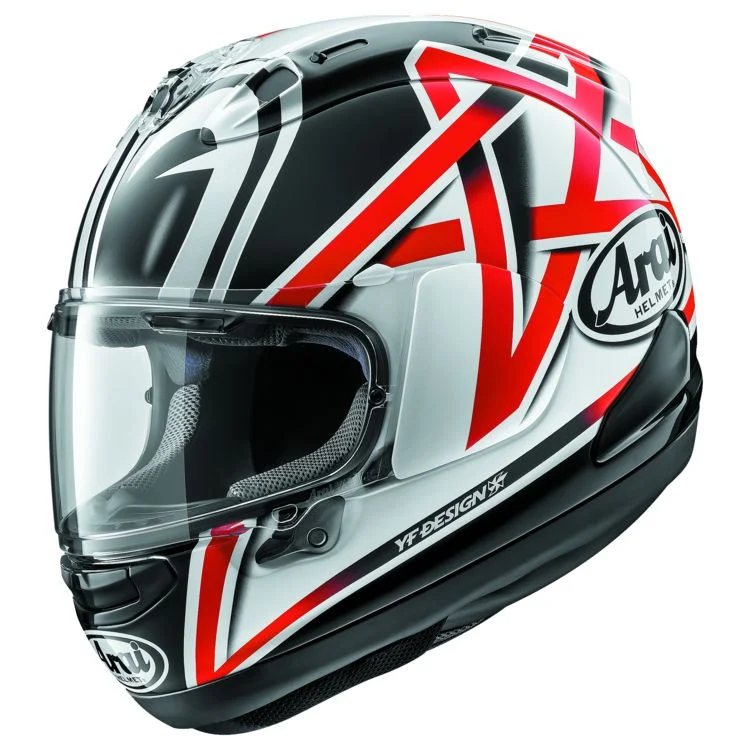 | Arai Corsair-X Nakano Helmet: This helmet is named after Shinya Nakano, a retired Japanese Grand Prix motorcycle road racer. The design of the helmet is inspired by the samurai’s battle gear, featuring an intricate design with a red and black color scheme. The helmet is a symbol of strength and resilience, much like the samurai warriors of ancient Japan. |
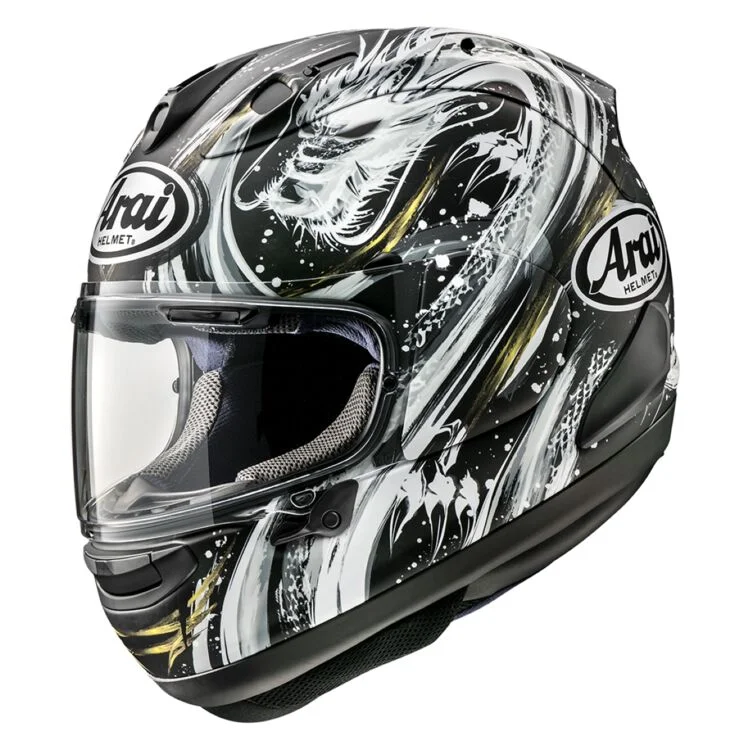 | Arai Corsair-X Kiyonari Helmet: This helmet is named after Ryuichi Kiyonari, a Japanese motorcycle racer who is known for his agility and speed. The helmet features a sleek and aerodynamic design, inspired by the samurai’s armor. The Kiyonari is a symbol of power and strength, much like the samurai warriors who inspired its design. |
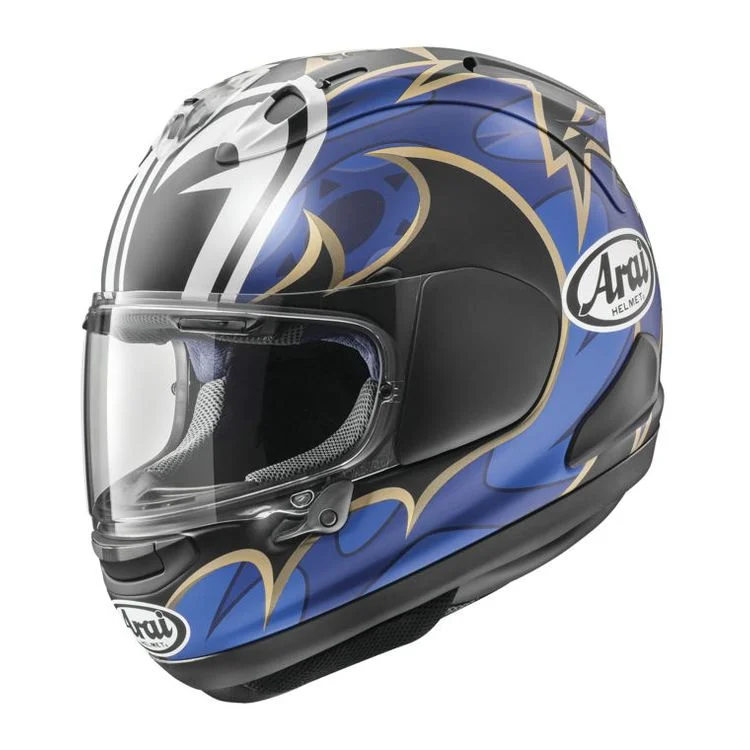 | Arai Corsair-X Nakasuga 2 Helmet: This helmet is named after Yamaha MotoGP test rider, Katsuyuki Nakasuga, who is known for his precision and skill. The helmet features a sharp and modern design, with a black and gold color scheme that is reminiscent of the samurai’s armor. The Nakasuga 2 is a symbol of precision and skill, much like the samurai warriors of ancient Japan. |
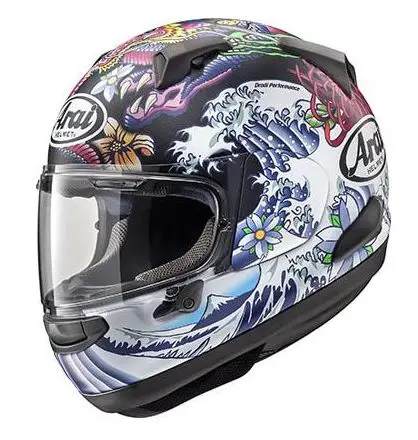 | Arai Quantum-X Oriental Helmet: The Quantum-X Oriental helmet features a stunning oriental-inspired design, complete with intricate details and vibrant colors. Evocative of the Japanese woodblock prints (i.e. Hokusai’s wave) that became globally famous in the 1800s, the helmet is a tribute to the rich culture and history of Japan. |
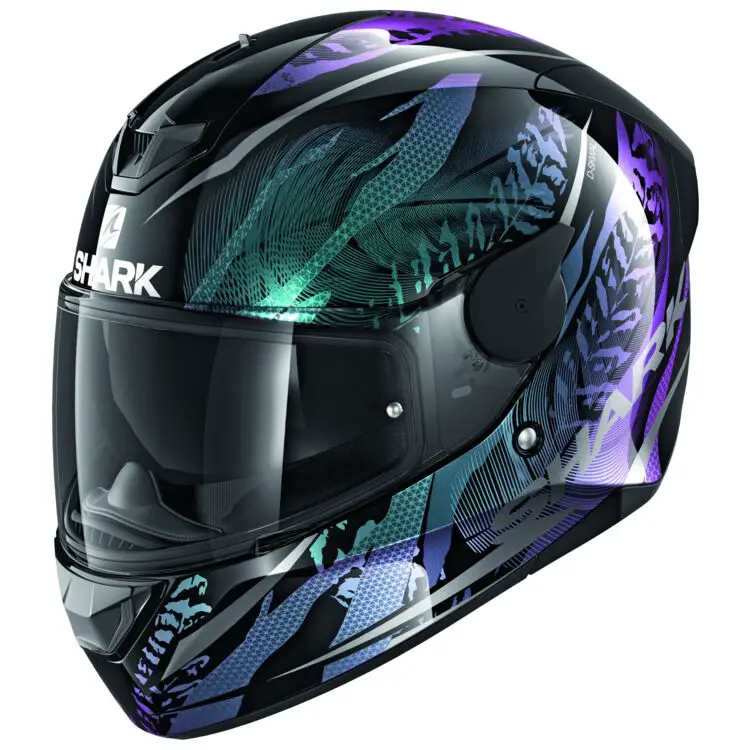 | Shark D-Skwal 2 Shigan Helmet: The Shark D-Skwal 2 Shigan helmet is named after the Shigan technique, a form of martial arts that originated in ancient Japan. The helmet features a sleek and modern design, with a matte black finish and subtle, intricate details. The Shigan is a symbol of precision and focus, much like the samurai warriors who once practiced this art. |
And last but not least, a Samurai face mask for a very unique helmet, the Scorpion EXO Covert 2. The Covert is a half helmet that can convert in to an open-face or a full face. Which means you can add on face masks, including this glow in the dark Samurai mask.
Grab the Covert and one of these masks and hit the roads of Japan.


Have a helmet you already like that you want to add some flair to and make in to a samurai-style motorcycle helmet? I’ve got tips for you coming up next.
Making a Samurai Motorcycle Helmet by Yourself
With a little bit of creativity, some basic crafting skills, and the right materials, you can make a helmet that is not only safe, but also looks like a genuine samurai helmet.
Samurai helmets, or kabuto, were known for their distinct shape and design elements, such as the menacing face mask and dramatic crest on top. They were made from a variety of materials, including metal, leather, and lacquered wood. By using modern materials such as foam, plastic, and paint, you can create a custom helmet that looks just as fierce and impressive as the original samurai helmets.
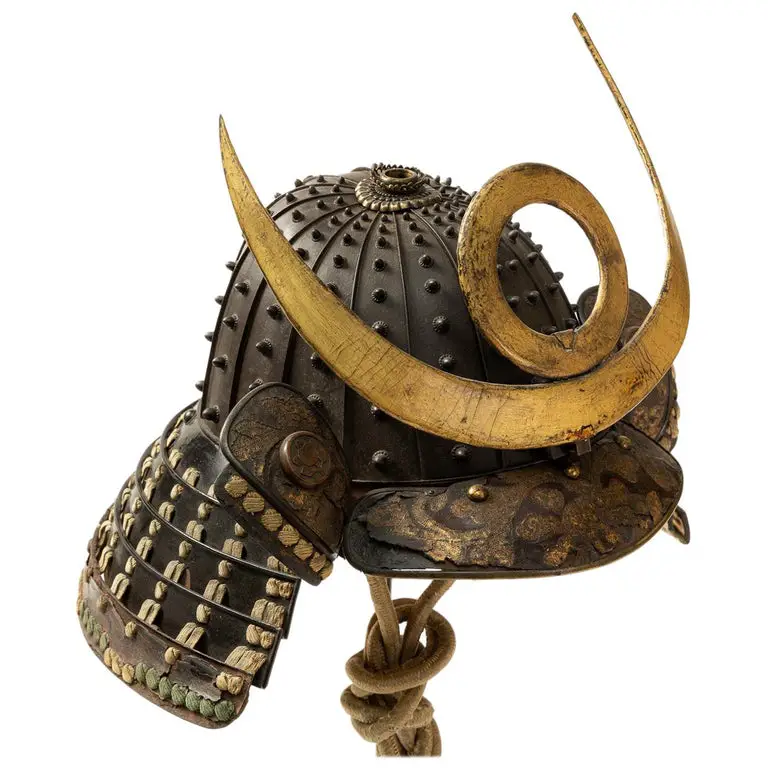
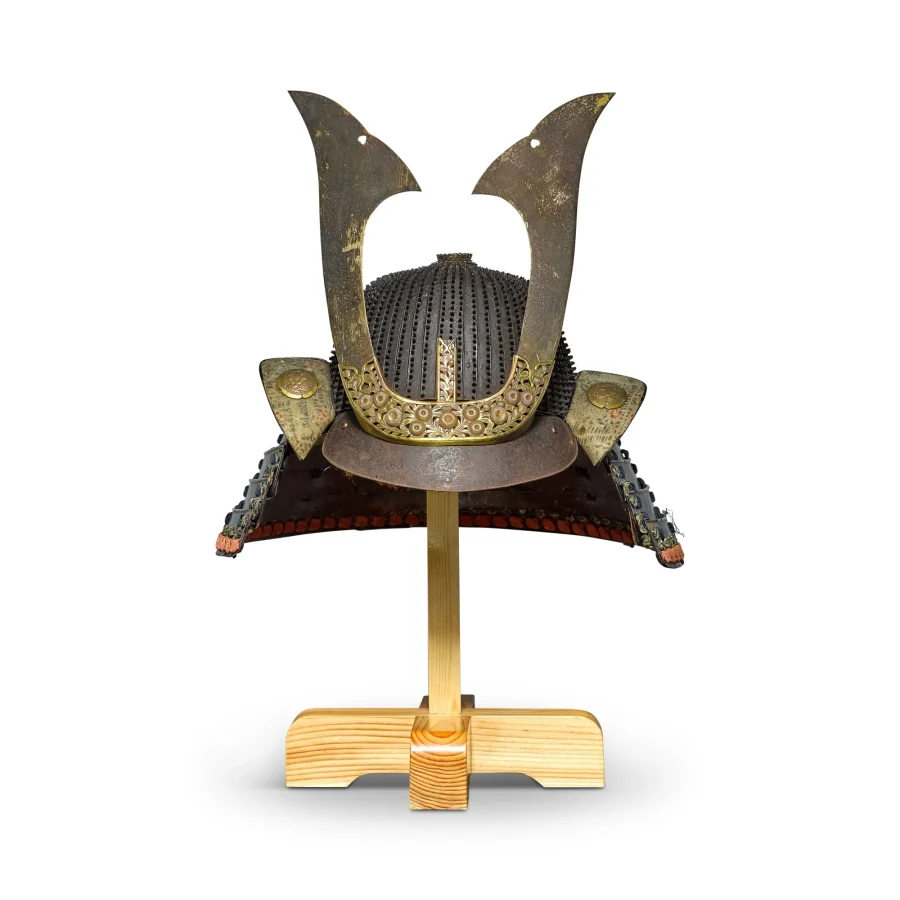
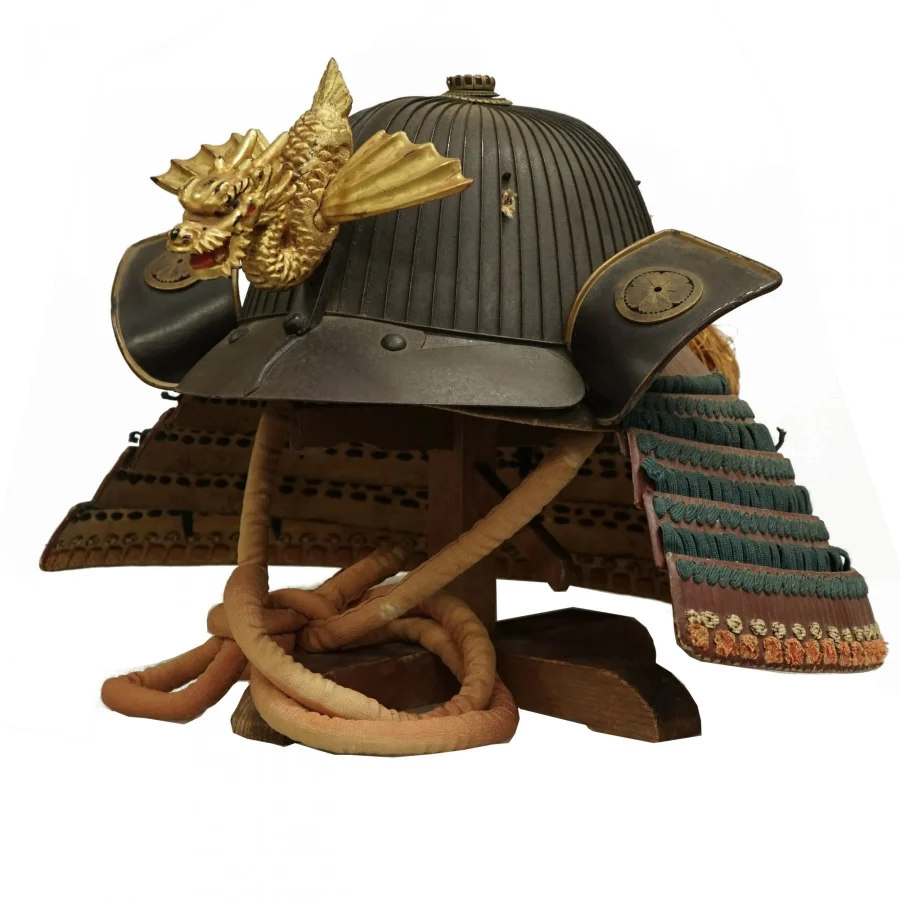
Here is a list of materials you will need to get started:
- A plain, undecorated motorcycle helmet
- Foam sheets (3-4mm thickness)
- Plastic sheets (1mm thickness)
- Craft foam or EVA foam
- Craft glue or hot glue gun
- Acrylic paint or spraypaint
- Paint markers
- Paint brushes
- Sandpaper
- Scissors or a craft knife
With these materials in hand and some inspiration from samurai helmet designs, you can begin the process of transforming your ordinary helmet into a work of art that reflects your unique style and love for Japanese culture and samurai warriors.
Here’s a great Harajuku-inspired helmet with samurai face mask elements that you might take inspiration from.
The Best Professional Helmet Painters for Samurai Helmets
Doing it yourself sounds too difficult? Never fear, there are amazing custom helmet graphic artists out there you can work with.
Two of my favorite customizers for helmets with Japanese samurai designs are Unexpected Custom and Blaze Artworks. Both will work with you on completely custom designs and do their work by hand, in Italy and the UK respectively. Expect to pay anywhere between $400 and $500 for a custom samurai design on your helmet from Blaze Artworks, and more for Unexpected Custom.
Blaze Artworks can do this Ronin Samurai airbrush for you, if you don’t want to spend the extra money on a fully custom design.
Unexpected Custom carries a high price tag, until you realize the work that they do. Their Samurai helmet design looks like a legit ancient samurai helmet, and it uses real gold leaf in the goldwork.
Both customizers prefer to work with their own premium helmet as a base. Blaze Artworks will also give you 10% back on your purchase if you send them a video with your custom helmet. That’s $50 right back in your pocket (to be spent on your bike).
For a helmet you could wear in to battle, Unexpected Custom and Blaze are your go-to.
Samurai FAQs
What’s everyone’s obsession with samurai anyway? Here are a couple common questions I’ve heard about the legendary samurai.
What is the samurai helmet called?
The samurai helmet is called a kabuto, and you can mimic its look with your motorcycle helmet with the tips in this article. Traditionally made of iron and leather to protect a samurai’s head, the kabuto has laced, lacquered scales, or kozane, to protect the nape of the neck. These feudal knights usually also wore a mask, called “mempo”, to protect the face. The armor, called “yoroi,” was also made of iron, leather, and silk. It was made up of different pieces, like chest plates and arm guards, and was worn to protect the samurai during battles.
What does a samurai helmet symbolize?
Samurai helmets were often adorned with fierce designs and symbols that represented the warrior’s strength and honor. The helmet symbolized the samurai’s dedication to their lord and the warrior code of bushido, which emphasized loyalty, courage, and self-discipline. The more ornate and detailed the helmet, the higher the social rank of the wearer. The helmets were often decorated with symbols of power, like dragon or tiger designs.
Why do samurai helmets have horns?
Samurai helmets often feature protruding decorations, which are called kuwagata meaning “stag beetle.” They were originally intended to deflect blows from the head, but over time they became more ornamental. Some samurai helmets had extremely elaborate horns that resembled the antlers of a stag beetle, and were considered a symbol of strength and agility. They also made the samurai look bigger than they really were, which was helpful for intimidating opponents in battle.
Why did samurai carry 2 swords?
Samurai carried two swords, a long one and a short one, called a daito and a shoto respectively. The daito, or katana, was the primary weapon and was used primarily in battle. The shoto, or wakizashi, was used for stabbing and as a backup weapon. The wakizashi was also used for ritual suicide, called “seppuku.”
The practice of carrying two swords became common in the Muromachi period (1336-1573), when samurai found themselves fighting in tight spaces, such as castles and houses, where a long sword was not practical. Over time, carrying two swords became a symbol of samurai status and honor.
Related

Carbon Fiber Modular Helmets: Ultimate Flip-Up Lids
Discover carbon fiber modular helmets that deliver flip-up convenience, lightweight strength, and serious protection for every ride.

